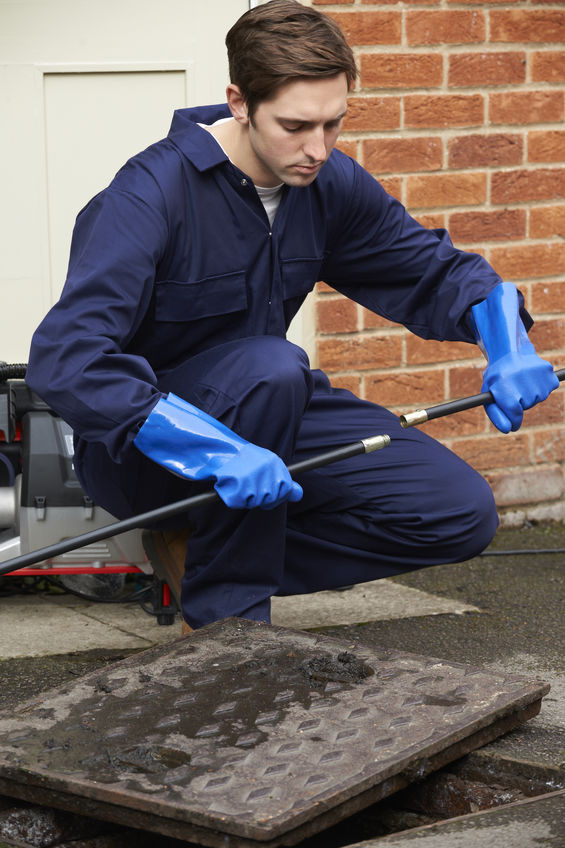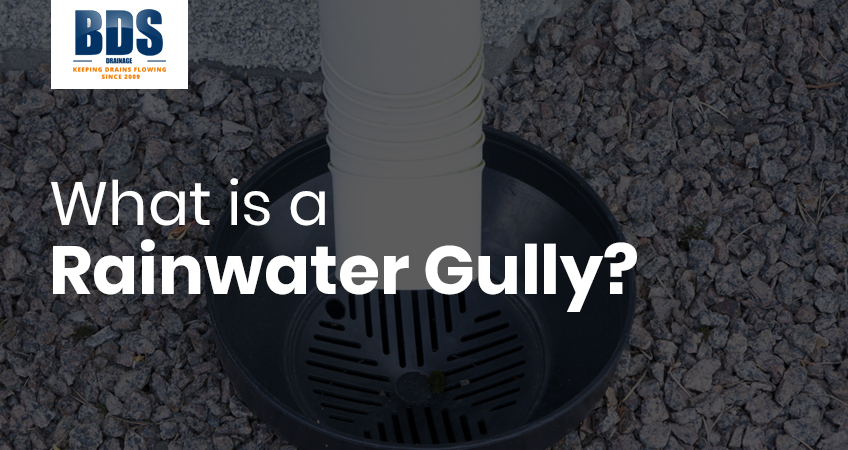When it comes to managing surface water in your home, you need to invest in a sound drainage system. Otherwise, you will have a problem dealing with flooding surface water.
Gullies are some of the essential parts of the wastewater drainage system. It is a pipe that helps to discharge stormwater from your gardens to the main drainage pipe. The pipe can also be used to drain grey wastewater from guttering, dishwasher, sinks and washing machine.
After when fitting rainwater gullies, the most important thing is maintenance. Whether it is surface water gully or wastewater gullies, it must be maintained to work efficiently. Otherwise, you will have a problem of a slow drain or completely blocked water gullies.
Need help? Speak to an expert now:
To Maintain blocked stormwater gullies is not tricky as some people think. In fact, you can unblock them by yourself. However, you need to have the right tools and tips on how to do it right.
Here is everything you need to know about maintaining blocked water gullies.
Tools Needed To Clean Rainwater Gullies
One of the crucial things you need to have to clean your water gully is tools. Having the right tools will enable you to work as a professional and ensure your safety.
You will need:
- Garden brush
- Rubber gloves
- Protective glasses
- Hosepipe
- Flathead Screwdriver
- Trowel
- Bucket
- Hot water
Preparing Yourself To Clean A Rainwater Gully
Once you put together all the tools that you need, the next thing is preparing for the job. First, you need to have your eyes and hands protected from bacteria and all kinds of muck. So start by wearing protective glasses and gloves. You must also ensure that no one is using the bathroom or equipment that drains wastewater into the gully. Then, locate your gully trap. It is a lid that traps debris and also keeps rodents away. You should also clear the area around the gully to remove any water obstructions.
Removing a Gully Cover

With the trap cleaned and the area around the gully cleared, now you need to remove the gully drain cover or the lid. It is pretty simple since all you need is a screwdriver to prise it open. Sometimes, it could be just a handle(s) on the cast gully grid. So, you will only need to lift to remove it. The lid removal should give you access to the inside of the water gully.
How to avoid fatbergs in drains?
Check: What is Fatberg?
Check inside the Gully
The removal of the gully cover gives access to the inside of the gully. So, you can now check inside the gully for any blockages. One thing that you are sure to get silt that has built up since the last time you cleaned the gully.
So use a trowel to remove any visible blockages in the pipe. You can also use your hands to clear the blockages. After you gave cleared the clogs in the gully, water should start flowing smoothly. Open taps or pour in the gully to see there is slow water drainage. If water is flowing smoothly, the cleaning job is successful. But if there is a slow drain, you have got to a few more steps to take.
Using a Drain Rod to Clean a Gully
Drain rods can do more than what a trowel or the hand can do. The travel a long distance in the gully and remove tough blockages. These rods are usually a meter long, and you can screw a number of them together if you the clog in far inside the pipe.


When inserted in the water gullies, they will clear any blockages they come across.
Once you encounter a blockage, prod it with the rod to break it down into smaller pieces. The idea is to have the clog broken down into small pieces that can flush down the drain. However, you must keep in mind that rotating the clog anticlockwise could unscrew the pipe.
Flush Gully with a Hose
With the clog seemingly broken into manageable pieces that can flush down the drain, you can start flushing water. Direct your garden hose pipe into the gully and allow it to flush the pipe to clear the blockages. You should also sweep off the debris around the water gully so that they do not fall into the pipe. After gully hosing for a few minutes, the blockages should be drained.
Flush Gully with Hot Water


Gully hosing may not clear all the blockages in the pipe because of grey wastewater. Some of the clogs with grease matter needs hot water to dislodge.
When you flush hot water, it melts the grease clogs hence dislodging them off the pipe. So, fill a bucket with hot water and pour it into the gully carefully. You can also add some bleach to help dislodge stubborn blockages.
Test the Gully before Resealing
Before you seal the water gully, test it again for the slow drain. Running the tabs for a few minutes will tell whether the gully is free of clogs or not. If you can still see water draining slowly, you use the rod again and repeat the whole process. But if you everything is okay and satisfied that the pipe is clean, replace the gully trap and screw it.
Also, Read – How to Unblock a Drain?
Blocked Gully Prevention Tips
Once the gully cleaned, the next should be preventing the clogging from happening again. There are many things you can to keep you water gully free from any blockages.
Here are prevention steps you should take:
- Always clean areas around the gully before the rains start
- Regular inspection of your gully
- Avoid flushing too much toilet paper
- Use natural solutions to treat your gully
- Pour boiling water down the drain at least once a month
- Avoid draining coffee grounds
Summary
Water gullies are an essential part of our wastewater management system. They prevent flooding in our homes by collection surface and gutter water. They can also help to drain grey wastewater. That’s why its proper functioning is crucial for any homeowner. Proper maintenance is vital before the rains start and if you notice signs of a slow drain. With these maintenance tips, you will be able to remove all blockages by yourself. But the blockage appears stubborn, call a qualified and professional plumbing service provider to fix it.



